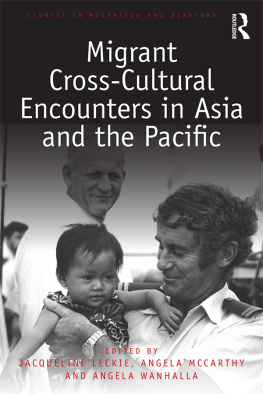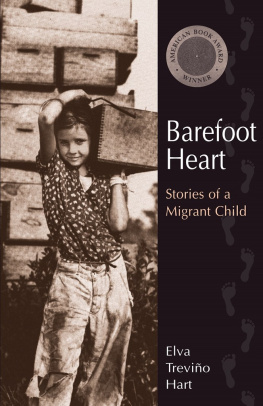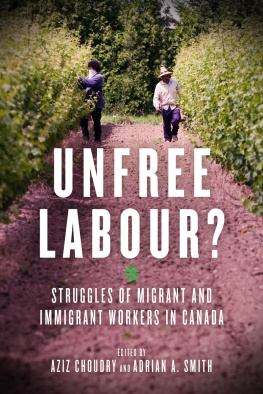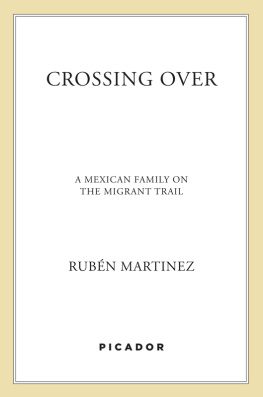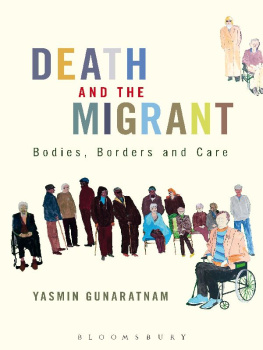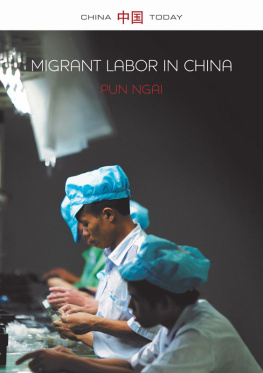Histories of Controversy
Histories of Controversy
Bonegilla Migrant Centre
Alexandra Dellios

MELBOURNE UNIVERSITY PRESS
An imprint of Melbourne University Publishing Limited
Level 1, 715 Swanston St, Carlton, Victoria 3053, Australia
www.mup.com.au
First published 2017
Text Alexandra Dellios 2017
Design and typography Melbourne University Publishing Limited, 2017
This book is copyright. Apart from any use permitted under the Copyright Act 1968 and subsequent amendments, no part may be reproduced, stored in a retrieval system or transmitted by any means or process whatsoever without the prior written permission of the publishers.
Every attempt has been made to locate the copyright holders for material quoted in this book. Any person or organisation that may have been overlooked or misattributed may contact the publisher.
Text and cover design by Phil Campbell
Typeset by J&M Typesetting
Printed in Australia by OPUS Group
National Library of Australia Cataloguing-in-Publication entry
Dellios, Alexandra, author.
Histories of controversy: Bonegilla Migrant Centre/Alexandra Dellios.
9780522871616 (hardback)
9780522870589 (paperback)
9780522870596 (ebook)
Includes bibliographical references and index.
Migrant Reception Centre (Bonegilla, Vic.)History.
ImmigrantsVictoriaBonegillaHistory.
RefugeesVictoriaBonegillaHistory.
AustraliaEmigration and immigrationHistory.
AustraliaEmigration and immigrationGovernment policy.
VictoriaSocial conditions1945
Contents
Acknowledgements
Bonegillas migrant past has been shared in many different stories, and told through many different voices. For these reasons, the prospect of contributing another voice to that active public dialogue was daunting. I hoped to speak to many voices, but also to draw out connections and stories of other centresthe ones that have been overshadowed by Bonegilla and its commemoration. My interest in these places stems from a desire to engage with intimate histories that have social implications.
Many people helped me in writing this version of the postwar immigration scheme. I am indebted to the people who spoke to me about their settlement experiences in Australias postwar accommodation centres, and I am humbled by their experiences. Without their stories, this book would not exist. I would like to thank Ana, Bernadette, Ester, Helen, Rick, Tamara and Velta. Second, I would like to thank Catherine McInnis from Melbourne University Press for her encouragement and enthusiasm for the project. I also thank Helen Topor for her work and advice on the manuscript. This book is also the result of countless conversations with others working in the field of migration and refugee studies. I am immensely grateful to Joy Damousi for her steady and intuitive guidance, and to my colleagues in the School of Historical and Philosophical Studies at the University of Melbourne, particularly the clever and ever-helpful Jordy Silverstein and Mary Tomsic.
My time at the National Library of Australia as a summer scholar in 2012 gave shape to my PhD thesis questions and provided me with valuable material. My initial inquiry was concerned with the public histories that have coalesced around Bonegilla since the 1980s; this book is an offshoot of that inquiry. Throughout the course of my research, Bruce Pennay was incredibly charitable, offering me important updates on progress at Bonegilla and events surrounding the site. I would also like to acknowledge the staff at Albury Library-Museum, Wodonga City Council and the Bonegilla Heritage Park, who were always willing to answer my queries and allow me access to the Bonegilla Collection and onsite visitor comments. And thank you to the Italian Historical Society for allowing me to access their records. The publication of this book was also generously aided by the Australian Academy of Humanities and their Publication Subsidy Scheme.
I want to thank my colleagues and friends, and everyone who sent encouraging vibes my wayspecifically, Alex Chorowicz, Thomas Rogers, Jon Piccini, Gonzalo Villanueva, Keir Wotherspoon, Jennie Jeppesen and many others. Finally, thank you to my parents, Irene and Gary Dellios, who sparked my interest in this whole endeavour.
List of Abbreviations
| ASIO | Australian Security Intelligence Organisation |
| BIMC | Bonegilla Immigration Museum Committee |
| CPA | Communist Party of Australia |
| DLNS | Department of Labour and National Service |
| DOI | Department of Information |
| DPs | Displaced Persons |
| ESL | English as a second language |
| ICEM | Intergovernmental Committee for European Migration |
| ICLE | Italian Institute of Credit for Italian Labour Abroad |
| IRO | International Refugee Organisation |
| NAA | National Archives of Australia |
| NHL | National Heritage List |
| TB | Tuberculosis |
| YMCA | Young Mens Christian Association |
Introduction
Controversy and Containment at
Bonegilla Migrant Centre
The success of the post-war immigration scheme can be largely attributed not only to Calwells advocacy but to his organisation The Immigration Department put great effort into orienting New Australians in their new lives, with the aim of minimising conflict between old traditions and new home.
Twenty years after the program began, the White Australia policy was dropped. After 30 years, the migration program accepted people of all races without discrimination. Australia made these changes confidently because it had found that in the absorption of migrants it was an expert.
The postwar immigration scheme was a series of agreements established with other nations and organisations that brought more than two and a half million migrants to Australia between 1947 and the early 1970s. Most of these arrivals were assisted by the Australian Commonwealth governmentthe remainder were sponsored by family or community organisations. Initiated after World War II by
Public proclamations about the success of the immigration scheme, and more progressive statements attributing success to migrant groups own cultural tenacity and social mobility, are not uncommon in public discussions on Australias migration history. The process towards a multicultural society, many journalists, politicians and academics proclaim, has been remarkably harmonious, given Australias long (and ongoing) history of racial exclusion and segregation. The examples offered in the quotations at the start of this chapter have obvious qualifiers: in the first, Labor MP Tanya Plibersek is addressing the Labor Party faithful, lauding and inflating the foresight of Arthur Calwell, the first minister for the newly formed Department of Immigration in 1945, the unwilling architect of modern multicultural Australia. In the second, historian John Hirst publicly expresses opinions that set him in opposition to many left-leaning Australian historians within academethose who locate the success of the scheme not in the harmonious and receptive nature of an Anglo-Australian public, but in the ability of postwar migrants to adjust and persevere in the face of structural and cultural discrimination.
The clear economic successes of postwar migration, and now the positivist revisionist tendency to locate the beginnings of our current superficial multiculturalism in the postwar era, risks concealing the lived and intimate realities of the scheme. Bonegilla, the subject of this book, was a Department of Immigration Reception and Training Centre, located on the border of New South Wales and Victoria, that operated across the period of the postwar immigration scheme, from 1947 to 1971. It was a temporary home, a point of processing and dispersal, to some 320 000 European arrivals who came to Australia under assisted passage provided by the Commonwealth government. As non-British assisted arrivals, they were all made to sign two-year work contracts with the Commonwealth in return for their assisted passage and temporary, subsidised accommodation.
Next page

